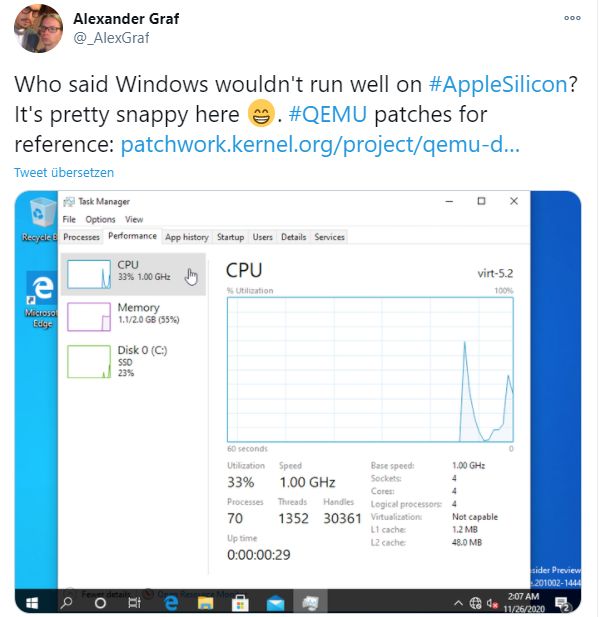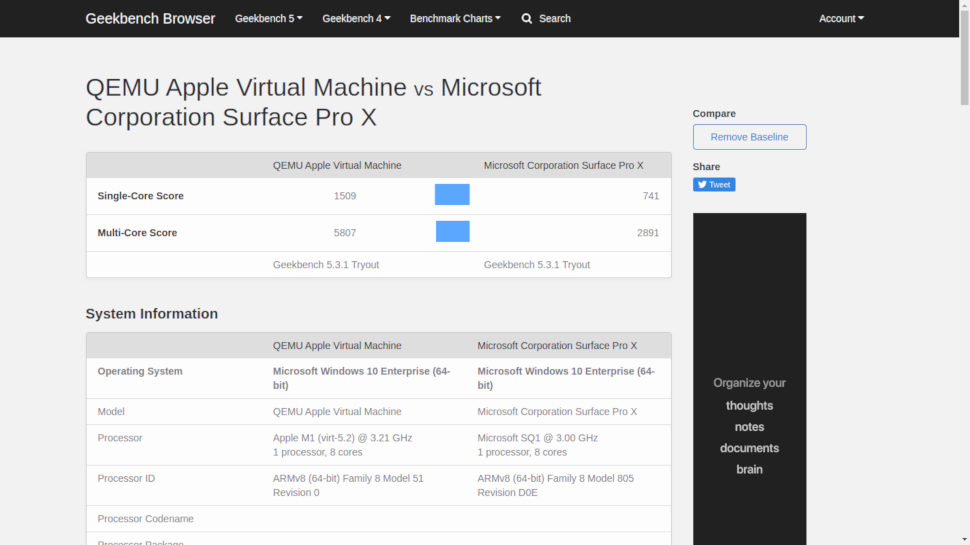

This is important because older Intel versions of the Mac were able to run x86–64 versions of your favorite apps directly on the underlying hardware.

The main reason your virtual machines don’t run anymore is that VirtualBox runs as a hypervisor on your Mac, relying on the underlying processor to execute instructions rather than providing processor emulation through software. What nobody probably told you before you pressed the ‘Buy now’ button was that all your existing x86–64 machine you’d lovingly built using Vagrant and Virtualbox would no longer run! Why doesn’t it work? And you may still need to hand-tool the config files if you want to do anything not covered in the UI.If you’ve landed on this article, you may have recently upgraded to a shiny new Macbook Pro or similar running the new M1 processor.

It definitely replicates the VirtualBox interface fairly well, although I don't believe its interface handles the monitor any differently, nor advanced actions like snapshots.

Interesting I didn't realize UTM had set macOS as a target option now! I've used it on iOS, and it works decently well. It would be interesting to see if it works well also with qemu-system-ppc-based VMs (anyway, it includes all QEMU system architectures, so at least in theory it should be possible): this could maybe considerably ease the use also of PPC Mac OS (X) virtual machines. It was formerly only an emulator for i(Pad)OS, but now it runs also on the Mac (but requires macOS Big Sur: universal app for M1 and Intel): certainly not feature-complete, yet, but definitely with a nice interface and rather easy to use (but, of course, still with some bugs). The most advanced QEMU GUI frontend currently available for the Mac is “UTM” (which probably stands for “Universal Turing Machine”), which is also a project in active development:


 0 kommentar(er)
0 kommentar(er)
